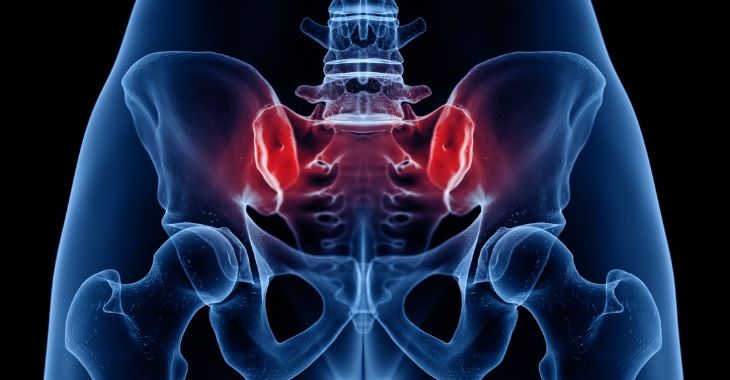What Are the Symptoms of Shoulder Cartilage Damage?
All joints have cartilage that protects the bones when they move and bend, including the shoulder joint. Damaged cartilage is often the cause of joint dysfunction and pain, whether it is the knee, elbow or shoulder. Cartilage damage can be caused by degenerative disease, wear and tear, or injury, leading to inflammation and other problems. If you have damaged shoulder cartilage, it can limit your function and be the source of discomfort. Here are a few of the symptoms that can occur when you have damaged cartilage in your shoulder joint.
- Pain when the arm is raised over the head
- Discomfort when sleeping
- The shoulder joint catches when moving – it may make a popping or clicking sound
- The shoulder can become unstable and inflamed
- There is loss of strength or limited motion in the shoulder joint
These symptoms often occur when there is a tear in the labrum or cartilage in the shoulder joint. This is often caused by repetitive motions, especially in an upward direction. Dislocation of the shoulder joint can also damage the labrum. Arthritis is often the cause of thin or worn cartilage in the shoulder, which can lead to inflammation, pain and stiffness in the joint.
Treatments for shoulder cartilage damage can include surgery to repair the cartilage if medications or other non-surgical methods are not effective. However, there are surgical options that are minimally invasive, such as shoulder arthroscopy, which involves only a small incision to operate on the joint using tiny instruments and imaging technology. This can be done on an outpatient basis, with quicker recovery than traditional surgery.
If you have symptoms of shoulder cartilage damage, see a sport’s medicine or orthopedic specialist to determine the options for treatment and relief.
Posted on behalf of:
Ortho Sport and Spine Physicians
5730 Glenridge Drive Northeast #230
Atlanta, GA 30328
(678) 752-7246
The information provided on this website, including text, graphics, images, and other materials, is intended solely for informational purposes and should not be used as a substitute for professional medical advice, diagnosis, or treatment.



)